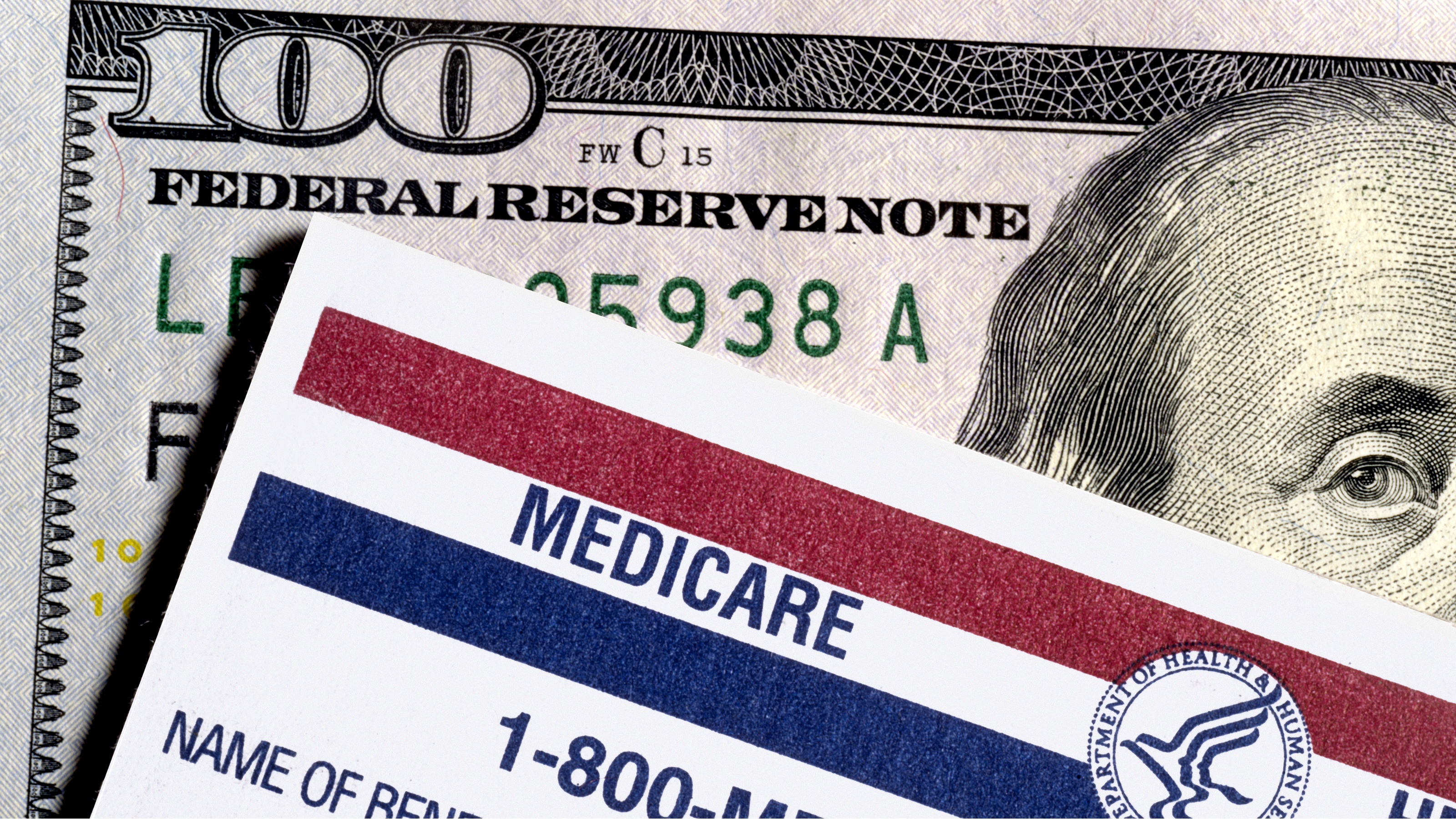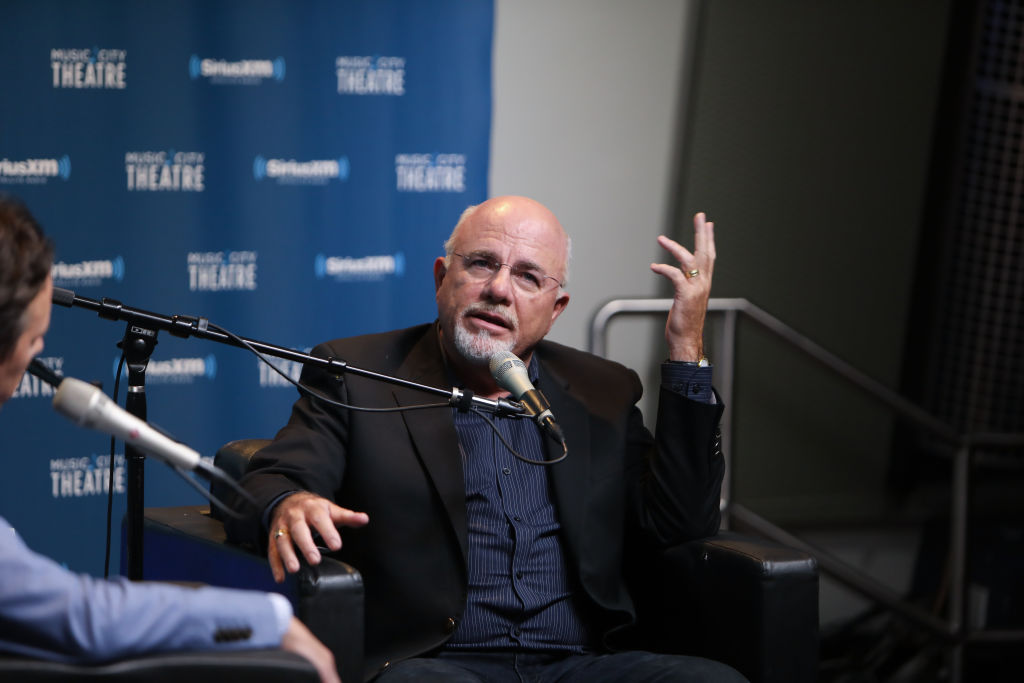Kiplinger Jobs Outlook: Beneath the Surface, Signs of More Slowing
Total job growth in June looked good, but private-sector growth was weak.

Kiplinger’s Economic Outlooks are written by the staff of our weekly Kiplinger Letter and are unavailable elsewhere. Click here for a free issue of The Kiplinger Letter or to subscribe for the latest trends and forecasts from our highly experienced Kiplinger Letter team.
A better-than-expected increase of 147,000 jobs was reported for June, but half of these jobs were in state and local government. Private-sector jobs grew by a more modest 74,000. Other signs of slowing in the labor market:
- Little growth in the private sector outside health care and social assistance employers, which added 58,600 new positions.
- The surge in the state and local government sector will not be sustained, as almost all of it was the result of odd seasonal effects in public education hiring.
- The unemployment rate declined to 4.1%, but that was partly attributable to a drop in the labor force as fewer people looked for work.
- Hours worked dropped in June for the first time in five months. Normally, this shows an upward trend over time.
- Wage growth slowed modestly over the past four months to a 3.7% annual pace. Wage growth tends to lag other labor market indicators, so this is confirmation that the hiring slowdown is actually happening.
Consumer and business uncertainty about the economy will continue to delay hiring plans and to slow pay gains. Hiring is often deferred when consumers are concerned about losing their jobs, or when businesses don’t know whether there will be a positive return to investing in additional workers. Prior to the new administration’s tariffs, we expected monthly job growth of about 150,000 new positions to continue. Now, that could fall below 100,000 if enough employers decide to hold off on hiring while they sort out the effects of the tariffs on both their businesses and the economy as a whole. The uncertainty is also likely to ease annual wage growth to 3.5% by December.

Sign up for Kiplinger’s Free E-Newsletters
Profit and prosper with the best of expert advice on investing, taxes, retirement, personal finance and more - straight to your e-mail.
Profit and prosper with the best of expert advice - straight to your e-mail.
The recent labor force declines were likely caused by the campaign to deport immigrants. The number of foreign-born workers in the labor force has dropped in each of the past three months. (The Bureau of Labor Statistics survey does not distinguish between legal and illegal immigrants.)
The signs of slowdown in the June jobs report make it more likely that the Federal Reserve will cut interest rates this fall. Our view is that the first cut will come in October, since the Fed is also waiting to see what impact the tariffs will have on inflation. The Fed would also like to see wage growth start to come down a little faster, since bigger pay gains make it harder to hit its goal of 2% inflation.
Related Content
Profit and prosper with the best of Kiplinger's advice on investing, taxes, retirement, personal finance and much more. Delivered daily. Enter your email in the box and click Sign Me Up.

David is both staff economist and reporter for The Kiplinger Letter, overseeing Kiplinger forecasts for the U.S. and world economies. Previously, he was senior principal economist in the Center for Forecasting and Modeling at IHS/GlobalInsight, and an economist in the Chief Economist's Office of the U.S. Department of Commerce. David has co-written weekly reports on economic conditions since 1992, and has forecasted GDP and its components since 1995, beating the Blue Chip Indicators forecasts two-thirds of the time. David is a Certified Business Economist as recognized by the National Association for Business Economics. He has two master's degrees and is ABD in economics from the University of North Carolina at Chapel Hill.
-
 Higher Summer Costs: Tariffs Fuel Inflation in June
Higher Summer Costs: Tariffs Fuel Inflation in JuneTariffs Your summer holiday just got more expensive, and tariffs are partially to blame, economists say.
-
 Don’t Miss Alabama Tax-Free Weekend 2025
Don’t Miss Alabama Tax-Free Weekend 2025Tax Holiday Ready to save? Here’s everything you need to know about the 2025 back-to-school Alabama sales tax holiday.
-
 If You'd Put $1,000 Into Berkshire Hathaway Stock 20 Years Ago, Here's What You'd Have Today
If You'd Put $1,000 Into Berkshire Hathaway Stock 20 Years Ago, Here's What You'd Have TodayBerkshire Hathaway is a long-time market beater, but the easy money in BRK.B has already been made.
-
 New SALT Cap Deduction: Unlock Massive Tax Savings with Non-Grantor Trusts
New SALT Cap Deduction: Unlock Massive Tax Savings with Non-Grantor TrustsThe One Big Beautiful Bill Act's increase of the state and local tax (SALT) deduction cap creates an opportunity to use multiple non-grantor trusts to maximize deductions and enhance estate planning.
-
 Know Your ABDs? A Beginner's Guide to Medicare Basics
Know Your ABDs? A Beginner's Guide to Medicare BasicsMedicare is an alphabet soup — and the rules can be just as confusing as the terminology. Conquer the system with this beginner's guide to Parts A, B and D.
-
 I'm an Investment Adviser: Why Playing Defense Can Win the Investing Game
I'm an Investment Adviser: Why Playing Defense Can Win the Investing GameChasing large returns through gold and other alternative investments might be thrilling, but playing defensive 'small ball' with your investments can be a winning formula.
-
 Stock Market Today: Powell Rumors Spark Volatile Day for Stocks
Stock Market Today: Powell Rumors Spark Volatile Day for StocksStocks sold off sharply intraday after multiple reports suggested President Trump is considering firing Fed Chair Jerome Powell.
-
 3 Things Dave Ramsey Says to Stop Buying — and 2 That Are Worth It
3 Things Dave Ramsey Says to Stop Buying — and 2 That Are Worth ItDebt-free living starts with smart choices. Here's what Ramsey says to avoid and where your money is well spent.
-
 Callable CDs Have High Rates: We Still Don't Recommend You Get Them
Callable CDs Have High Rates: We Still Don't Recommend You Get ThemInvestors must carefully consider the trade-offs, as falling interest rates could lead to reinvestment at a lower yield and make selling on the secondary market difficult.
-
 Five Big Beautiful Bill Changes and How Wealthy Retirees Can Benefit
Five Big Beautiful Bill Changes and How Wealthy Retirees Can BenefitHere's how wealthy retirees can plan for the changes in the new tax legislation, including what it means for tax rates, the SALT cap, charitable giving, estate taxes and other deductions and credits.
